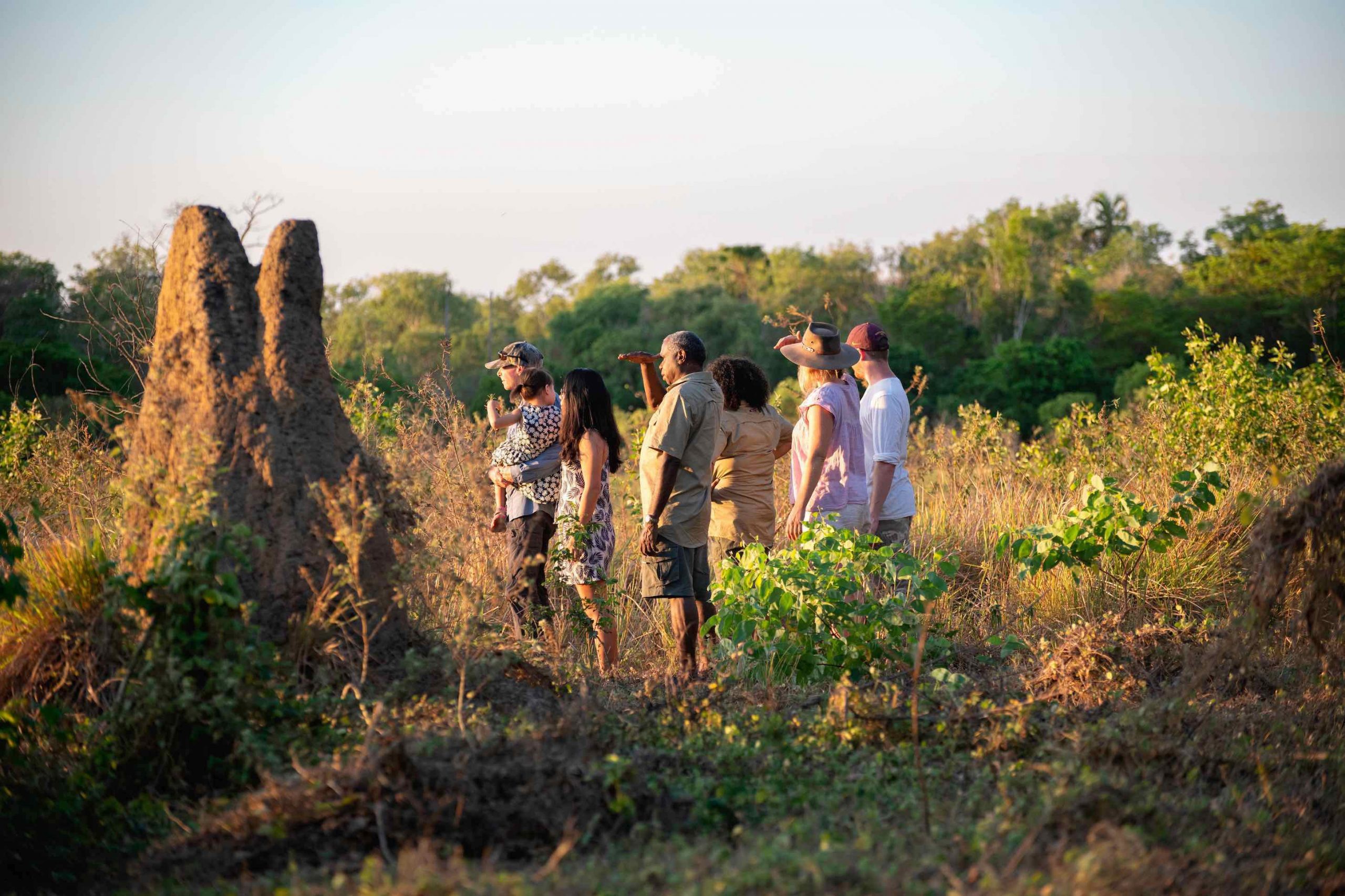
There is so much to see and do whilst you visit Kakadu you will be left wanting to see and do more. The name ‘Kakadu’ is thought to be a European interpretation of the word ‘Gagudju’ – the primary language traditionally spoken in this area. There are so many ways you can tour around Kakadu National Park, it just depends on what your interests are.
Here is a list of ideas if you’re interested in history, art and nature.
Aboriginal culture, History and heritage
- Visit these information centres for vast information and tours of the Kakdau region. Home to indigenous Australian’s for over 40,000 years into the present. At the cultural centres discover the park’s history and hunting techniques used by the indigenous communities. Tribal elders tell stories highlighing the impacts of white settlement.
- Bowali Visitor Centre
- Marrawuddi Gallery
- Bardedjilidji walk
- Warradjan Cultural Centre
- Tour the Kakadu region with a ranger
- Daily art site talks
- Walks
- Cultural activities
- Night-time slide shows
- Cultural and wildlife tours
- Visit the Marrawuddi Gallery showcasing artworks created by the Bininj (Aboriginal People) from Kakadu and the surrounding country. All trades through this gallery are fair and ethical, and between the Artist and dealer.
Ancient Aboriginal Rock art
- Nanguluwurr rock art site and walk – allow approximately 2 hours for the 3.4km walk along the steady walking track. You will be walking through woodlands, keep an eye out for the rare White-Throated Grasswren! Entry is free and you can explore the many different styles and subjects from stencils. You might be surprised to see art work depicting contact including a sailing ship with a dinghy trailing behind.
- Burrungkuy rock art site – The walls of this rock art site is World Heritage-listed. Entry here is free and includes a circular 1.5km rock art walk. The main gallery you will see the Creation Ancestor Namondjok, and the Creation Ancestor Namarrkon, the Lightning Man.
Nature and wildlife
- Crocodiles – The Australian saltwater crocodile is the largest and most dangerous in the world. Some reaching lengths in excess of 6 metres, it lives in both freshwater and estuarine waterways. They say there is one croc for every human in the Top End! Adventure down the East Alligator River on the boarder of Arnhem Land and spot some of the regions largest crocs.
- Bird watching – Kakadu is home to more than one third of Australia’s bird species. Head to the Mamukala wetlands and discover one of Kakadu’s best bird watching spots. See Kites, Comb-Crested Jacanas, Cormorants, Purple Swamp Hens, Finches and Kingfishers. The most dramatic time to visit the wetlands is during the dry season, September to November, when tens of thousands of honking Magpie Geese dig for water chestnuts. The wetlands are beautiful all year round. The Brolga, the graceful giant of the wetland birds, can grow up to 1.25m and is known for its romantic dance during mating season. Visit Yellow Water Wetlands to see the Whistling Kite, Orange-Footed Scrubfowl, Azure Kingfisher, Jacana, Egrets, Jabiru and Brolgas. Sunrise and sunset are the best times of day to see the activity – watch out for the crocodiles!
- Fishing – The South and East Alligator rivers in Kakadu are a fishing hotspot for Barramundi and Saratoga in the wet season. Kakadu traditional owners request that when fishing to utilise sustainable fishing practices. There are fish bagging limits and only in the designated areas as this protects the traditional hunting grounds of Kakadu’s indigenous people.
- Flora and fauna have sustained the Bininj/Mungguy way of life for thousands of years. The biodiversity of Kakadu National Park’s internationally recognised wetlands has to be seen. In the wet season (November – March) the floodplains surge displaying a visual showcase of wildlife, activity and colour. The dry season (April – October) the dryer habitats create a flurry of bird activity.
